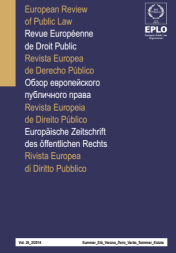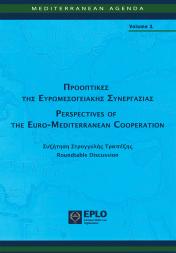
Italian Local Services of General Economic Interest
and Model of In-house Provision: Old and New Issues
Professor of Administrative Law and Constitutional Law, School of Law,
at the University of Castellanza (Italy) and of Administration Science, School of Law,
at the Catholic University of Milan
The author analyses the role, characteristics and problems of the model of in-house provision in the context of the arrangements for organising local public services of general economic interest in Italy. She explains the reasons of the initial success of the model in Italy followed by a subsequent attempt to contain it. Are investigated the strong impact of EU case-law and the influence exercised by the 2014 EU directives that have finally regulated the matter. In particular she explains which kind of questions are directly linked to the new EU directives and the choices made in this regard by Italian legislature. The conclusion is that the Italian legal system remains severe with the in-house model by making its adoption conditional on additional constraints not mandated by EU law. However, de facto, the presence of the model in the Italian system of SGEI is still widespread and this is not without effect on the local SGEI market and therefore on the economic operators.
L’auteur analyse le rôle, les caractéristiques et les problèmes du modèle de prestation de services à domicile dans le contexte des modalités de l’organisation des services publics locaux d’intérêt économique général (SIEG) en Italie. Elle explique les raisons du succès initial remporté par le modèle en Italie, suivi par une tentative ultérieure de le contenir. Sont examinés l’impact profond de la jurisprudence européenne et l’influence exercée par les directives européennes de 2014 qui ont finalement réglementé la matière. En particulier, elle explique quelles sortes de questions sont directement liées aux nouvelles directives européennes et les choix faits à cet égard par la législation italienne. La conclusion est que le système juridique italien reste sévère avec le modèle de service à domicile en conditionnant son adoption à des contraintes supplémentaires non imposées par le droit communautaire. Cependant, de facto, le modèle est déjà très répandu dans le système italien du SIEG et cela n’est pas sans effet sur le marché local des SIEG et donc pour les opérateurs économiques.





















